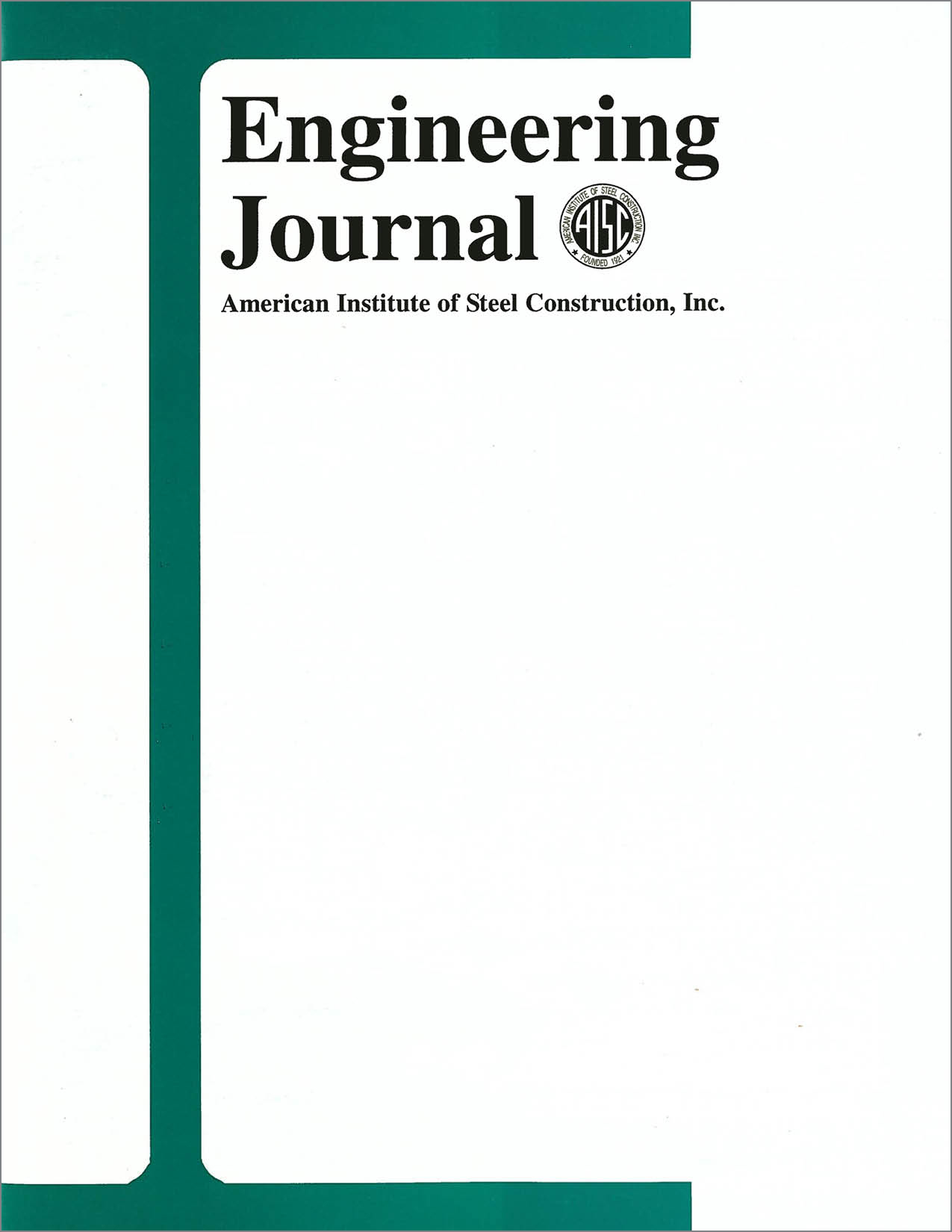Design of Mill Building Columns Using Notional Loads
DOI:
https://doi.org/10.62913/engj.v38i2.753Abstract
Structural engineers have long recognized that mill building columns constitute a unique design situation. These columns typically support both the roof of the building at the top and one or more crane rails at an intermediate elevation. They accomplish this by taking the form of one of four common configurations (Fisher, 1993): a uniform column with a cantilevered bracket, a stepped column, separate laced columns, or separate battened columns (Figure 1). The last three options involve the use of a stronger and stiffer column section below the crane rail elevation by providing a larger section or a combination of two sections tied together for composite action. The presence of applied crane loads and, often, a transition of section properties at a point within the in-plane unbraced length of the overall column presents special challenges to the designer attempting to assess the member's strength and stability. Traditionally, determination of the load capacity of a steel column requires the calculation of an effective length factor, K. This value, when multiplied by the column's actual unbraced length, estimates the length of an equivalent pin-ended column with the same buckling load as the actual column. To be reasonably accurate, the effective length factor must account for various influences on the column's behavior, including initial material and geometrical imperfections, inelasticity, end restraint characteristics, and both horizontal and vertical interaction among the columns in the frame being analyzed. Over the years, engineers have developed several special procedures for establishing effective length factors for mill building columns that reflect their unique loading and geometry.

